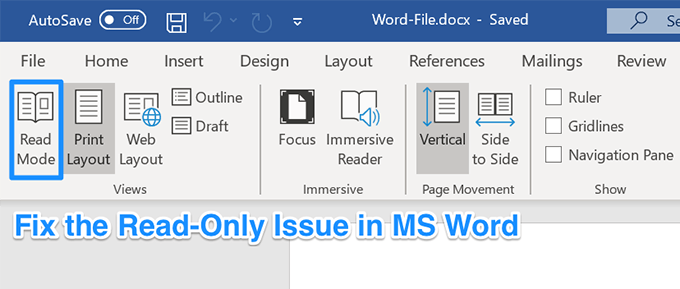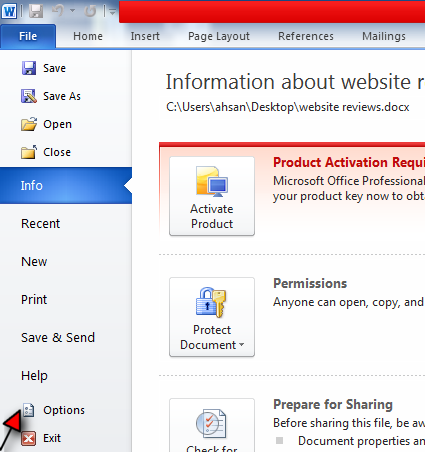

Select All Markup and then click Markup Options. On the Summary tab, make sure to delete any information you don't want to appear, such as Author, Title and Comments. Note that they do not pertain to the online versions of these programs. Perform the following steps each time you plan to distribute a final electronic copy of a Word, PowerPoint or Excel file. If you are prompted to save the document changes when you close the file, click Save.įor more information, see the Microsoft support page. Click Remove All to delete the information. If it finds any items, you will be prompted to remove them. The system will search for items that pertain to the categories you selected. * - You will need to scroll down to see this option. Document Properties and Personal Information In the Document Inspector window, select at a minimum, the following options:. Click the Check for Issues icon shown in a box and then click Inspect Document. In your original document, click the File tab and then click Info. You will see some of the hidden information on the right. Then select where you want to save the file, type a name in the File Name box and click Save. Save a copy of your document by clicking the File tab and selecting Save As. Perform the following steps each time you plan to distribute a final electronic copy of a Word, PowerPoint or Excel file. Note that these instructions do not pertain to the online versions of these programs. There are some simple ways to do this, as described below. To protect any sensitive information from accidentally being made public, Information Technology Services recommends that you get into the habit of removing this information before distributing final electronic copies of your documents. 
Name of author and person who last modified the file.Tracked changes, comments, annotations, and versions, even if not displayed.Any hidden comments or revisions in these documents could then possibly be used as evidence.Įxamples of hidden or personal information that are stored in Office documents include: It could even potentially put the university at legal risk.įor example, during the discovery phase in a lawsuit, electronic copies of relevant documents could be subpoenaed. Depending on the nature of the information, this could place you in an embarrassing or compromising position. If you want to restore the feature, simply remove the subkey DontAutoSave in the given path.You may not be aware that your Word, Excel, and PowerPoint files often contain hidden or personal information, such as revisions or comments, that others can access. Set-ItemProperty -Path $path\Powerpoint -Name DontAutoSave -Value 1 Set-ItemProperty -Path $path\Excel -Name DontAutoSave -Value 1 Set-ItemProperty -Path $path\Word -Name DontAutoSave -Value 1
#TURN ON AUTOSAVE IN WORD FOR MAC CODE#
Run the following PowerShell code to create a new registry subkeys to turn the feature off: $path = "HKCU:\SOFTWARE\Microsoft\Office\16.0" Not really workable in some cases, but luckily there is an option to disable the autosave feature through the registry. Disable AutoSave for Office 2016 ProPlusĪccording to Microsoft there is no option to disable AutoSave for all files, you will have to turn it off for every file independently. Now it’s good the know that you will have to change the default behavior in each Office 365 program.
Uncheck the first option : Autosave OneDrive and Sharepoint files by Default. In the options menu, select Save (4th options). You can set the default behavior for the autosave in function in the options of any Office 365 program (Word, Excel or PowerPoint). The question is, can we turn it off (forever?) Using the options menu This feature is only available on Windows for Word, Excel and Powerpoint 2016 for Office 365. It will also make sure that others that are working on the same document see you changes in seconds. This options will save your changes to the cloud as you are working. If you are using Office 365 and your store your files on OneDrive, OneDrive for Business or SharePoint Online you will see that the new Autosave feature is enabled by default. Some background info on the Autosave feature This article describes how you can disable autosave in Office 365 for every file with the use of PowerShell.






 0 kommentar(er)
0 kommentar(er)
